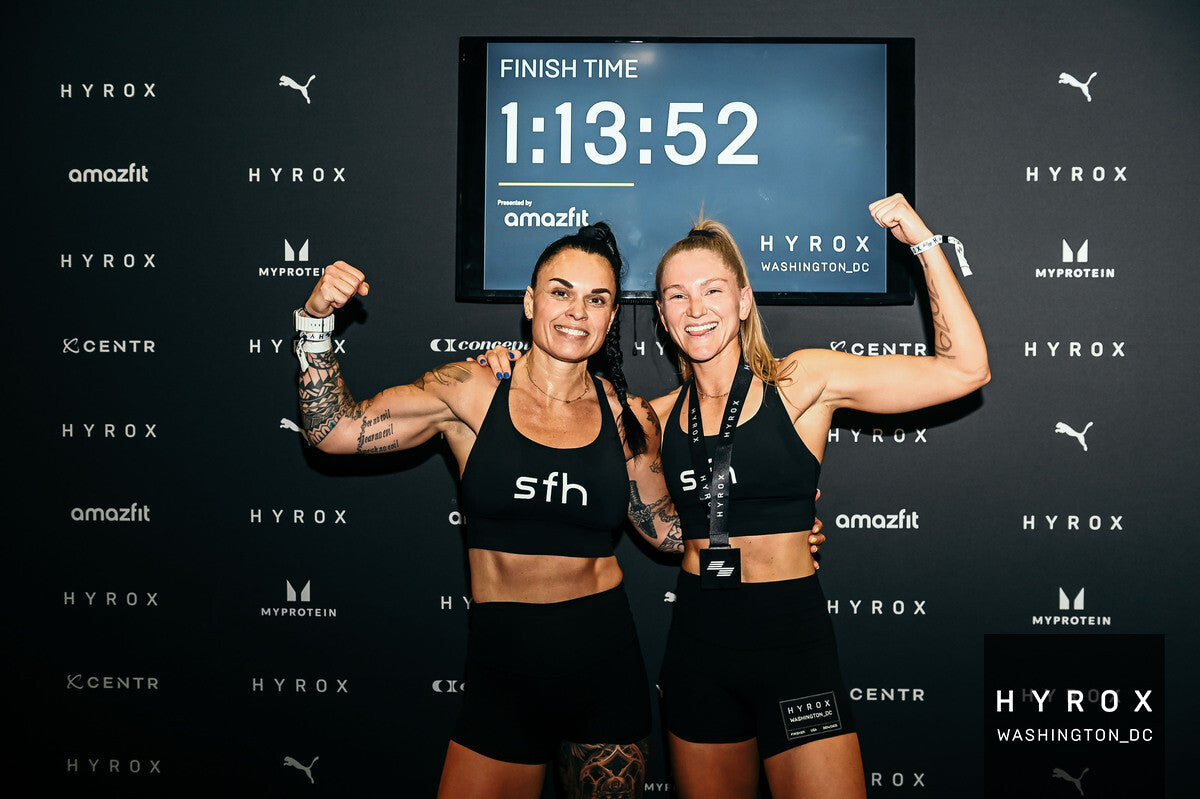As I jogged up an arroyo at high-noon on a local trail near my home in Santa Fe, New Mexico, I felt the sun beating down on my head and shoulders. I glanced at my phone’s weather app, which informed me that it was 78 degrees Fahrenheit, but the “real feel” was 87 degrees. My shirt was drenched in sweat and my fingers had started to swell. I reached for the last sip of water from my running vest as I hit mile three.
In my late-twenties and early-thirties, I ran ultramarathons, and sports drinks filled with electrolytes were part of my training kit. Powders to dump into my water sat alongside my collection of GUs and energy bars. But I haven’t run an ultra in years, and my electrolytes stash has dwindled along with my average weekly mileage. These days, when I head out for a run, I grab my phone, a hat, and maybe a water bottle, depending on how long I’m planning to be out.
I squeezed the last drops from my water bottle and checked the map. Just one mile to go. As my shoes pounded the sandy trail, I began to wonder if I was hydrated enough for my quick lunch run. I’d definitely underestimated how hot 78 degrees would feel. Should I be supplementing my water with electrolytes while exercising in the Southwest’s summer heat?
The answer, it turns out, is slightly complicated.
Do I Need More Electrolytes When I Exercise in Hot Temperatures?
Electrolytes are essential minerals, like sodium, potassium, and magnesium, that give off an electrical charge. They’re key for helping cells in your nervous system, heart, and muscles function normally, and they play a role in regulating the amount of fluids in your body.
But not everyone needs extra electrolytes just because of high temperatures, says Hayden Hess, an assistant professor at the University of Buffalo’s Center for Research and Education in Special Environments.
Whether or not you need additional electrolytes depends on how much you’re sweating and your sweat sodium concentration. The short answer, says Hess, is that the intensity of your sport, activity, or workout—and your environment—are the two most important factors in determining whether you need to down extra electrolytes. “Higher intensity physical exercise and a hotter or humid environment will require more fluid and potentially electrolyte replacement,” he says.
Can I Get Enough Electrolytes from Natural Foods, or Should I Use Drinks or Supplements?
The average electrolyte replacement supplement ranges from 150 to 1,000 milligrams of sodium, which, Hess says, is usually sufficient when paired with 16 ounces of water. But still, he points out, the average person probably doesn’t need it. “Most people in the U.S. exceed the sodium recommendations of 3,500 milligrams per day,” he says.
Our tendency to eat too much sodium is primarily due to the high salt content of packaged foods. Because most people are already getting enough salt, and sometimes too much, there’s usually no need to add more through special drinks and supplements. The exceptions, says Hess, are when someone is working out for a long time—think longer than two hours—and doing so in an especially hot or humid place. Or they might be what Hess calls a salty sweater—someone with a high concentration of sodium in their sweat. You might qualify as a salty sweater if your sweat burns your eyes or tastes very salty, or if you have salt on your skin and clothes after your sweat dries.
For either of these exceptions, working a regular electrolyte drink or supplement into your exercise hydration probably makes sense. If you’re looking for more exact information about your own sweat and electrolyte loss during workouts, Hess suggests using an online calculator that gives runners and cyclists an estimate of their sweat rate and sweat volume.
When I plugged in the data for my recent four-mile desert trail run, the calculator told me that I was most likely dehydrated if no fluid was consumed during my workout. But because I was running for less than two hours, I knew it was OK that I’d left my Propel powder at home.
Abigail Wise used to run ultras, but now aims most of her mileage at exercising her four good dogs or pushing a stroller on shorter trails near her home in Santa Fe, New Mexico.
Publisher: Source link



